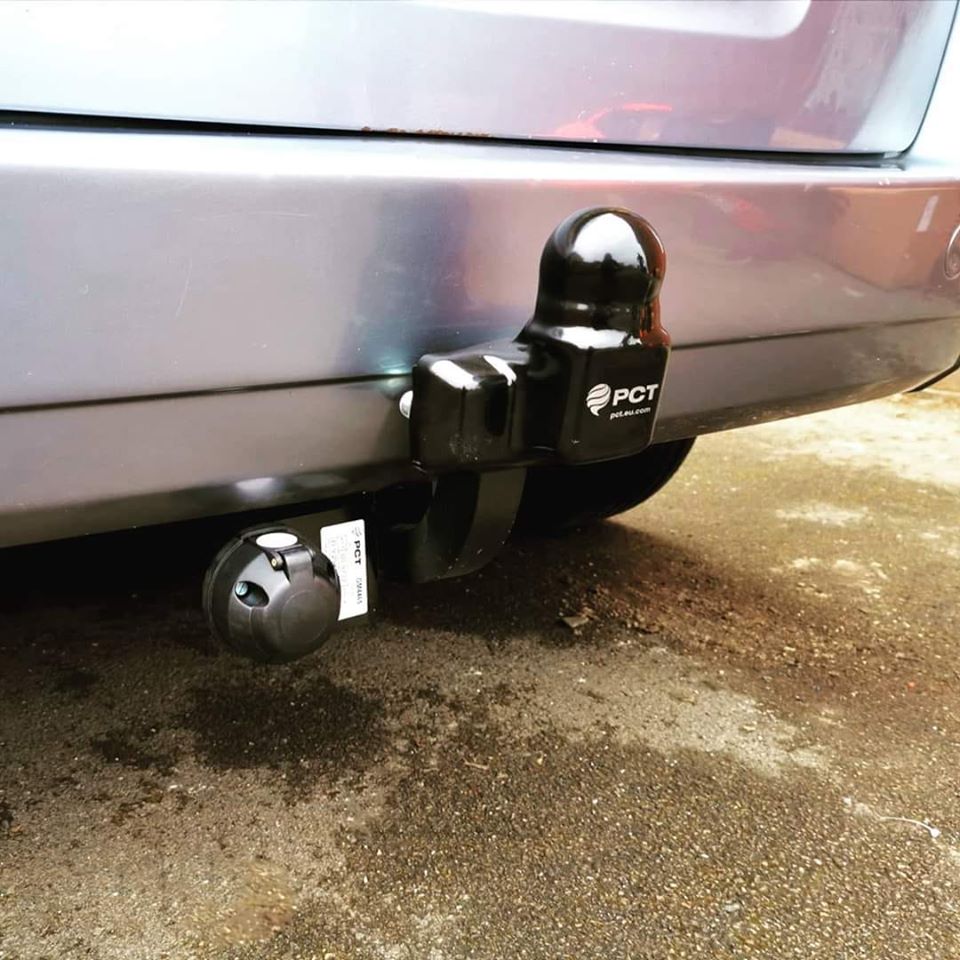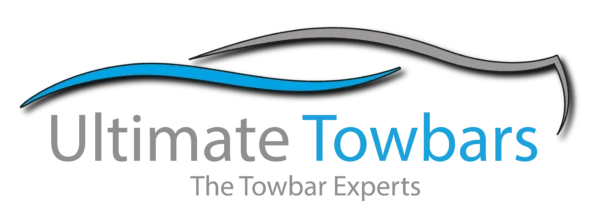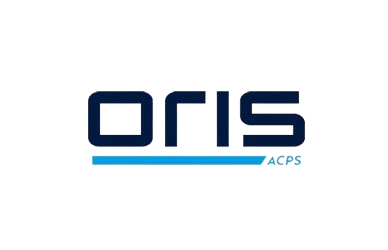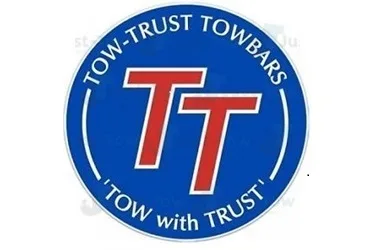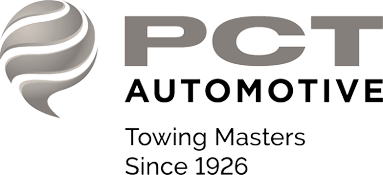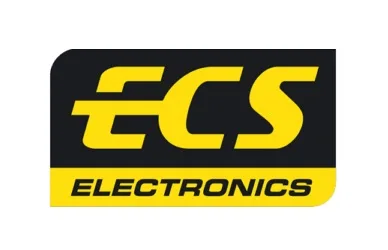Introduction
Towing is getting more common, whether it’s hauling a caravan for a family holiday trip or moving heavy equipment for work. However, it is essential to understand that towing comes with its own set of responsibilities and safety measures. The most critical component of safe towing is the tow bar. In this article, we’ll explore the importance of tow bar safety, covering everything you need to know to ensure a safe and secure towing experience.
Understanding Tow Bars
Tow bars, also known as tow hitches or tow receivers, are devices that connect a vehicle to a trailer or another vehicle, allowing them to be towed together. They come in various types, including fixed-swan neck towbars, detachable tow bars, and fixed flange tow bars.
Each tow bar has a tow ball that attaches to the hitch, in the UK all tow bars have a ball diameter of 50mm as standard.
There are a few different types of tow ball that need mentioning before going any further, these are standard, ALKO compatible and, ball and pin tow balls.
The standard tow ball has a 50mm ball and is used for standard tow hitches, an ALKO-style hitch should never be used with the standard tow ball.
The ALKO style tow ball has a 50mm ball diameter but also has an extended reach neck, this is essential when using an ALKO style hitch.
The ball-and-pin tow ball has a 50mm ball and has a pin that’s used for commercial hitches.
A quick warning about drop plates. Drop plates are normally used on commercial vehicles to lower the tow ball height. Unless the drop plate is type-approved by the tow bar manufacturer then it is illegal to use. Using a drop plate as a riser plate is illegal.
Proper Installation.
One of the most critical aspects of tow bar safety is proper installation. It’s essential and a legal requirement to follow the manufacturer’s guidelines and instructions when installing the tow bar. You can legally fit your own tow bar, but for safety and legal reasons we highly recommend tow bar installation is carried out by a trained professional. A correctly installed tow bar ensures that the connection between your vehicle and the trailer is secure, minimizing the risk of accidents on the road.
Regular Maintenance and Inspection
Regular maintenance and inspection of your tow bar are vital to ensuring its safety and functionality. Before every trip, inspect the tow bar, checking for signs of wear and tear, rust, or any other damage. Ensure that all bolts and connections are tight and secure. Lubricate moving parts as recommended by the manufacturer to prevent friction and prolong the lifespan of the tow bar.
Weight Distribution and Load Limits
Every tow bar and vehicle have specific weight limits that should never be exceeded. Overloading your tow bar can lead to loss of control, increased braking distances, and damage to your vehicle’s suspension and braking system. Always adhere to the weight limits specified by the tow bar and your vehicle’s manufacturer. Proper weight distribution is crucial for maintaining stability while towing, so make sure the load is balanced correctly within the trailer.
To find the maximum tow weight of your vehicle please check out the article on tow weights at > https://www.ultimatetowbars.co.uk/maximum-tow-weight/
Towing Electrics
The trailer electrics must replicate those of the towing vehicle. As a minimum legal requirement, these include brake lights, sidelights, stoplights, number plate light and fog lights. Plus in some cases a reverse light.
You also need a number plate that matches that of the towing vehicle.
Safe Towing Practices
Aside from the tow bar-specific safety measures, there are general safe towing practices every driver should follow:
- Maintain a safe driving speed: Avoid high speeds, especially when towing a heavy load. Towing can affect your vehicle’s handling and braking abilities.
- Increase following distance: Give yourself plenty of room between your vehicle and the one in front of you. Towing requires a longer stopping distance.
- Practice cautious braking: Brake gently and steadily to avoid skidding or jackknifing, especially in wet or slippery conditions.
- Be mindful of turns and curves: Towing can affect your vehicle’s turning radius. Take wider turns and slow down when approaching curves.
- Stay aware of your surroundings: Be extra vigilant while changing lanes, merging onto highways, and navigating congested areas. Your towing setup may affect your visibility and blind spots.
Conclusion
Tow bar safety is a paramount concern for anyone engaging in towing activities. By selecting the appropriate tow bar, ensuring proper installation, conducting regular inspections, and practicing safe towing habits, you can significantly reduce the risks associated with towing. Remember, safety should always be your top priority when hitting the road with a trailer in tow. Stay informed, follow guidelines, and enjoy a secure and stress-free towing experience. Safe travels!
